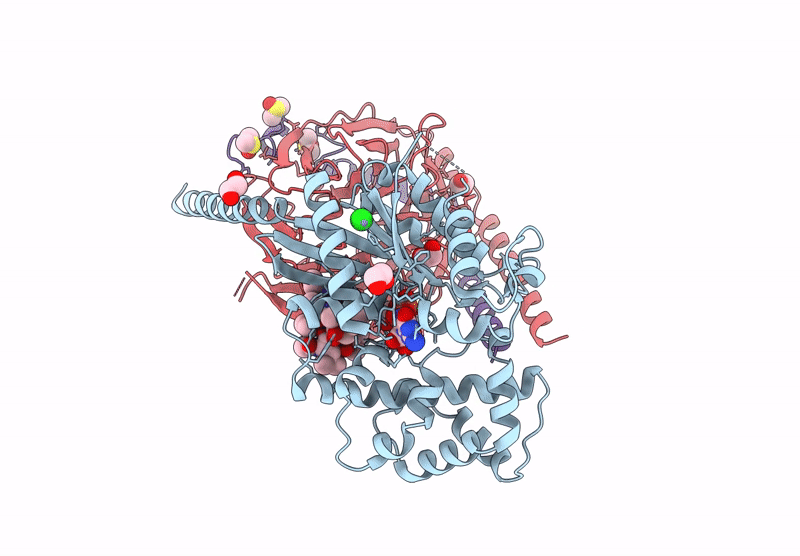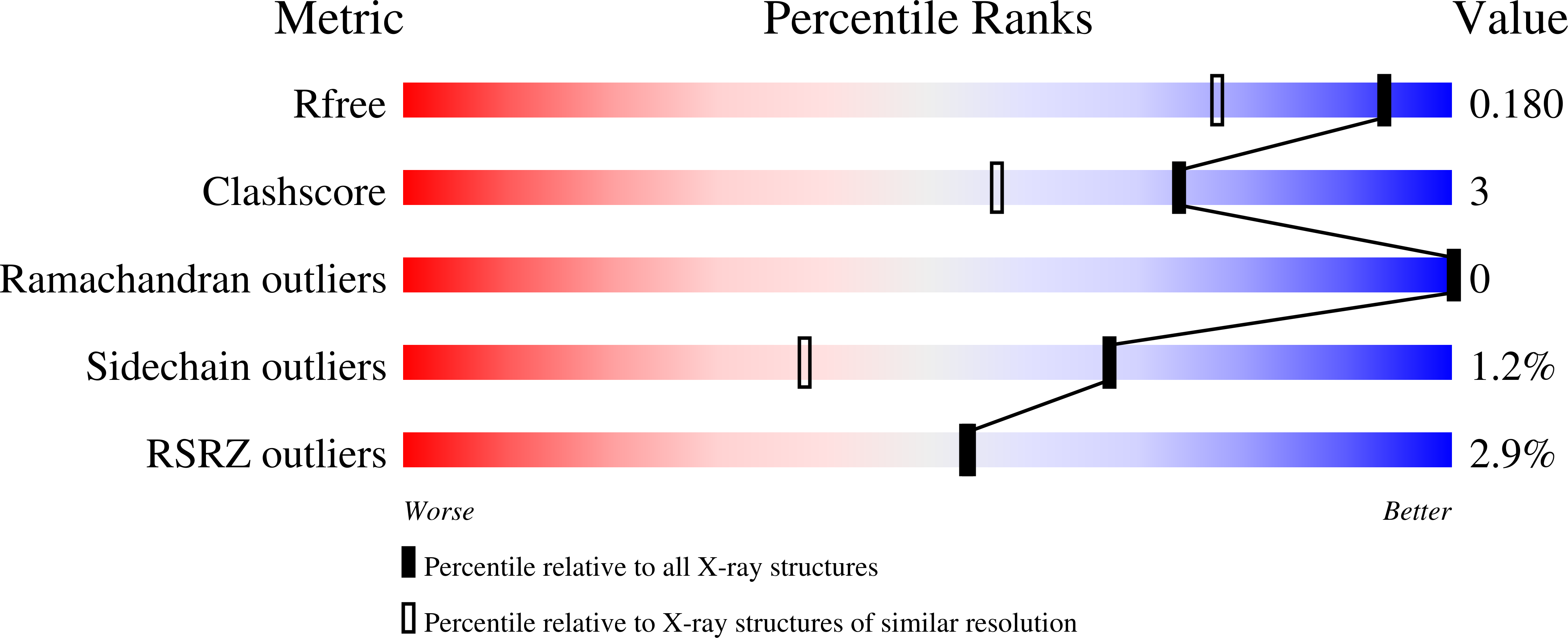
Deposition Date
2023-08-31
Release Date
2025-03-19
Last Version Date
2025-05-21
Entry Detail
PDB ID:
8QEH
Keywords:
Title:
Crystal structure of the G11 protein heterotrimer bound to FR900359 inhibitor
Biological Source:
Source Organism:
Homo sapiens (Taxon ID: 9606)
Host Organism:
Method Details:
Experimental Method:
Resolution:
1.43 Å
R-Value Free:
0.18
R-Value Work:
0.13
Space Group:
P 21 21 21


